せとうち暮らし11号で取材させて頂いた
EAT&ART TAROさんのつくる島スープを頂きに、
瀬戸内国際芸術祭2013秋会期で賑わう塩飽諸島・本島にいってきました。
We covered the story of island soup by Mr.Taro of EAT & ART in the magazine “setouchi kurashi”. Then, I took some photographs for the article. Last week we went to Honjima to meet Mr. Taro and eat the soup in Setouchi Art Festival.
TAROさんは、瀬戸内国際芸術祭の春・夏・秋とそれぞれ、沙弥島・伊吹島・本島と
その島の人たちと丁寧に話し調査し、島の食材をつかったスープを提案しており、
毎回、島では行列ができ朝一番にいかないとすぐに売り切れてしまうという人気の作品となっています。
ぜひ、島に到着したら最初に足を運んでみてください。
TAROさんによる島スープの解説を聞くとなおいっそう美味しくいただけます。
Through research and in consultation with local islanders, artists who continue to explore the fusion of food and art are developing soups that best reflect the totality of each of the following islands: Shamijima, Ibukijima and Honjima.
Because the soap is very popular, you have to go firstly when you arrive at the island. Please be sure to meet him and eat the soup.
2013年10月12日 写真レポート
島に向かう船は雨の中。。 going to the island by shop. It’s rain today…
水不足の香川県では石をぶつけられるかもしれませんが、 Although People in Kagawa pref. suffer from water shortage,
晴れ男だから晴れるのです。 I become fine!! Because I am fair weather man..
島スープのお店に到着。すでに行列ができています。 I arrived at the shop of island soup.
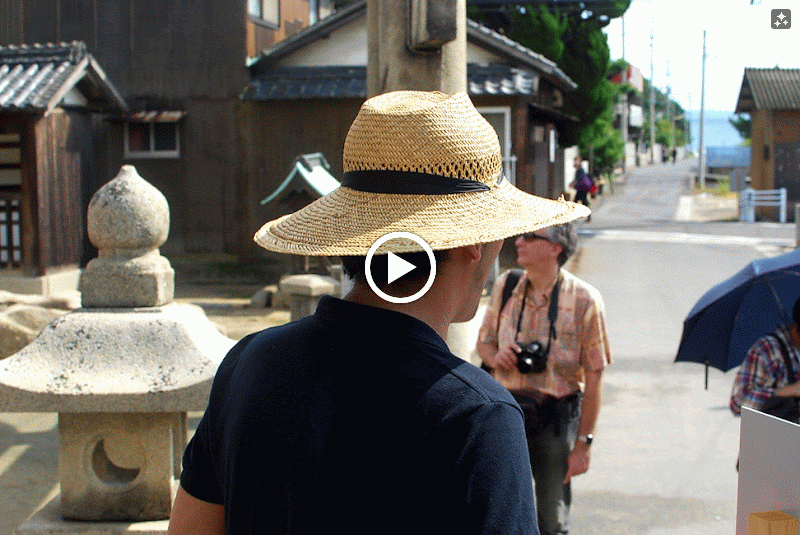
アーティストのTAROさんが丁寧に島スープのことを説明してくださっていました。
Mr.Taro of EAT&ART explained about island soup politely. It had a long line.
秋会期食べられる本島の島スープの名前は「結びのスープ」。
実は、本島で食べられる島スープは、
「せとうち暮らし 07号」の特集「春の島旅にでかけよう」で
考古学者の乗松さんと取材させていただいた島の味噌が使われています。
「島の味噌」といっても本島でつくられているわけではなく、
岡山県の児島(こじま)でつくられている味噌で、
本島の人は、買い物は四国・丸亀までフェリーで行くのですが、
何故か味噌だけは昔から馴染みのあるこの児島の塩屋味噌をつかっているのです。
The name of the Honjima soup is “connecting soup”.
In reality, the miso which I and Mr. Norimatsu made check on “Setouchikurashi vol.07” are used for this soup.
想像するに船での行き来がいまより主流だった時代は、
目と鼻の先にある児島とのほうが交流があったのかもしれません。
その時から使っていた味噌の味が体に染み付いているので、
いまでも、「味噌は児島の塩屋味噌!」という家が多いのかもしれません。
詳しくはぜひ、「せとうち暮らし 07号」をご覧ください。
The Miso named “Shioya Miso” is often used generally in Honjima. It’s not made in Honjima, Kagawa pref., but in Kojima, Okayama pref., Japan. Although The island’s residents usually go to Marugame city, Kagawa pref., in Shikoku, they use only the Miso of Kojima, Okayama pref.. Kojima is located near Honjima by ship. Thus, the Miso became familiar for island’s residents.
とっても味わい深く、美味しくいただきました。
It was so delicious. I really enjoyed the meal.
せとうち暮らしのメンバーも大満足! The member of Setouchi kurashi also was greatly pleased!!
ここからは島の散策。隠された郵便局。
We walk around the island. We found hidden post office in the past.
これが今の郵便局。 This is current post office.
せとうち暮らしで過去にも紹介したことのある、本島の家壁に飾られている漆喰の恵比寿様。
漁業のある島では、「よべっさん」や「えべっさん」といって信仰されていることが多いです。
実は、この漆喰造形をつかったアートが瀬戸芸のアーティストさんによって
様々なバージョンがつくられています。
こういった土着の文化を、新しい視点で作り替えるアートってなんだか共感できます。
There was a plaster statue of Ebisu. Ebisu is a kind of god for fishermen. In this Setouchi Art Festibal, an artist made advertising displays of plaster. I like this kind of indigenous art.
「漆喰・鏝絵かんばんプロジェクト」 村尾かずこ
「A project of Shinghboards of “Shikkui” and “Kote”」 Kazuko Murao
こちらは港の近くに祀られていた恵比寿様。珊瑚が一緒に置かれているのも塩飽諸島でよくみかけます。
This is other Ebisu god. There is a fossil coral at small Shinto shrine.
本島で必ずチェックしていただきたいのがここ。港にある無人販売所。
Why not going to the sales store at Honjima port.
野菜が置かれています。一見、ただの無人販売所ですが。。
It looks only unwatched small vegetable shop. but
なんと、「おそうざいコーナー」があるのです!!
You can also purchase some items for dinner.
壁に掛けられた感想ノートも必見です。
You can read many testimonials in the note.
煮込みハンバーグも置いてあるらしい 笑。すごいぞ。この無人販売所。
Sometimes you can eat stewing hamburg!! great!!
ちなみに、この日は暑かったからか、はたまた瀬戸内国際芸術祭仕様なのか、
冬に訪れた際には、餃子とオムライスが置いてあったので購入して船で美味しく頂きました。
When I went there in the winter, I could eat dumpling and rice omelet.
外見の看板に騙される事なかれ。勇気を出して入ってみてください。
Have courage to go in the shop!!
木烏神社(こがらすじんじゃ) Kogarasu Shrine
象の彫り物。塩飽大工の仕事でしょうか。
Elephant wooden sculpture. It might be works by “Shiwaku carpenter”
以下、珍しい古い狛犬をみつけたので紹介します。 “KOMAINU” a pair of stone-carved guardian dogs.
江戸時代築の常設芝居小屋である千歳座(ちとせざ)が現存しています。
“Chitoseza” was make shift playhouse built at Edo period.

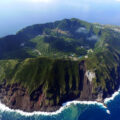
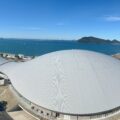
![【高知】魚を守る道、アイスハーバー型らせん魚道 – [Kochi] Ice Harbor type spiral fishway](https://yousakana.jp/wp-content/uploads/wordpress-popular-posts/50244-featured-120x120.jpeg)
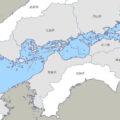
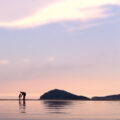
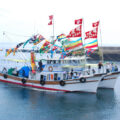
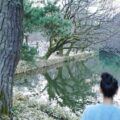

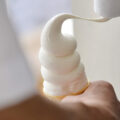
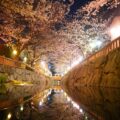
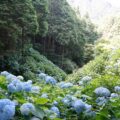
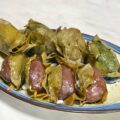
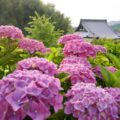
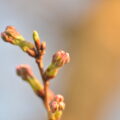
![【香川】春日川の川市 – [Kagawa] River market of Kasuga river](https://yousakana.jp/wp-content/uploads/wordpress-popular-posts/49605-featured-120x120.jpeg)

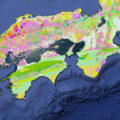
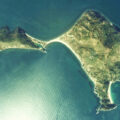
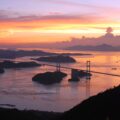
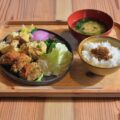
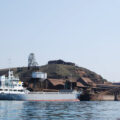
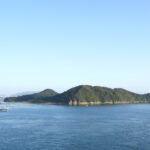
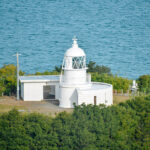
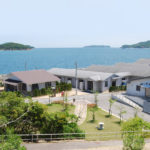
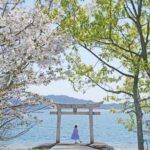
![【香川 10/4】せとうちばなし2024「瀬戸内らしさをアーカイブする」 – [Kagawa 10/4 ] Setouchi Narrative 2024 ‘Archiving the Setouchi way of life’](https://yousakana.jp/wp-content/uploads/2024/10/setouchi-archive-01-150x150.jpg)
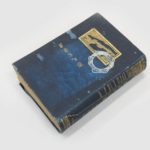
![【本島】海を休ませるレストラン – [Honjima island] Resting Sea Restaurant](https://yousakana.jp/wp-content/uploads/2024/02/honjima_fish-Restaurant-150x150.jpeg)
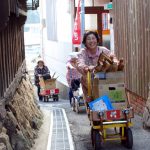
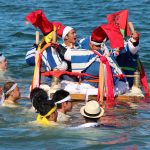
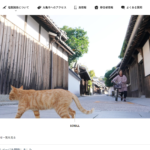
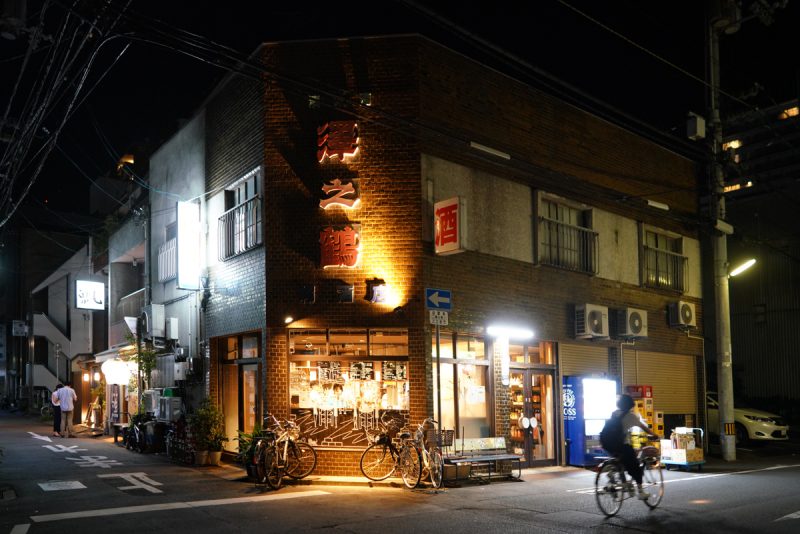
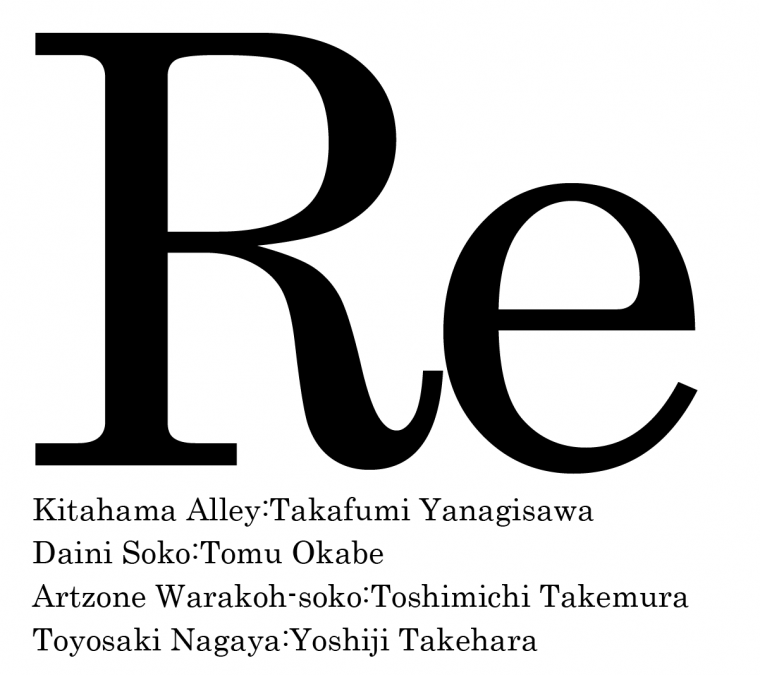
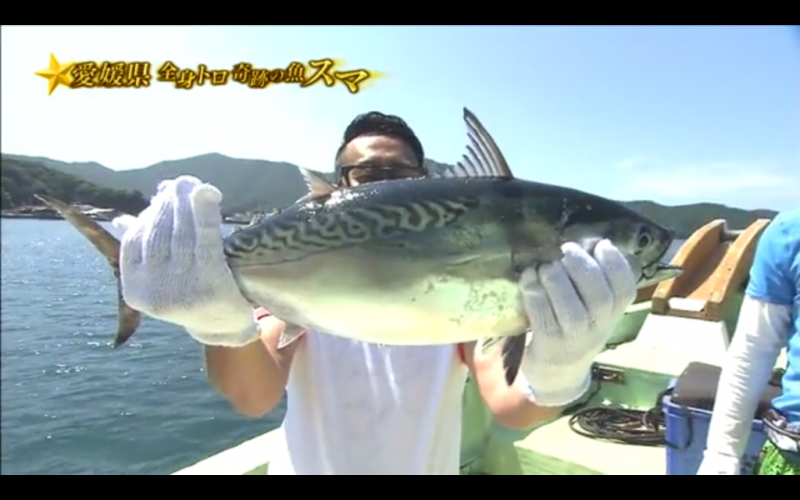
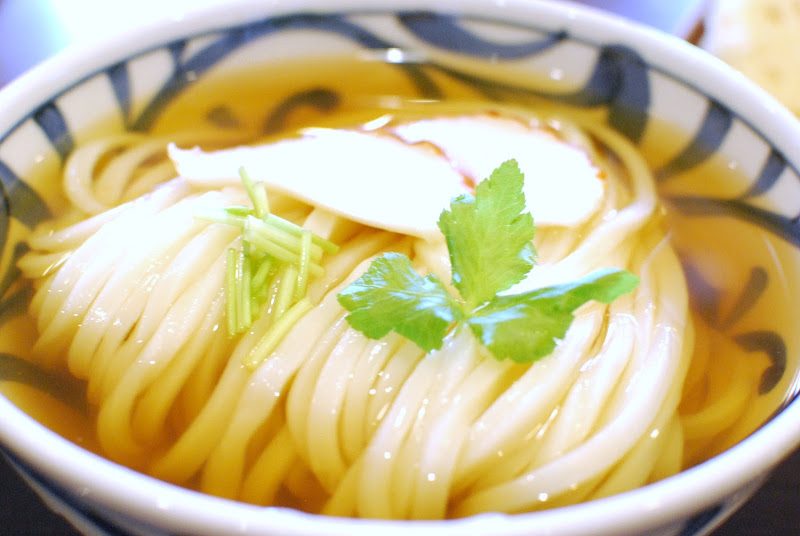
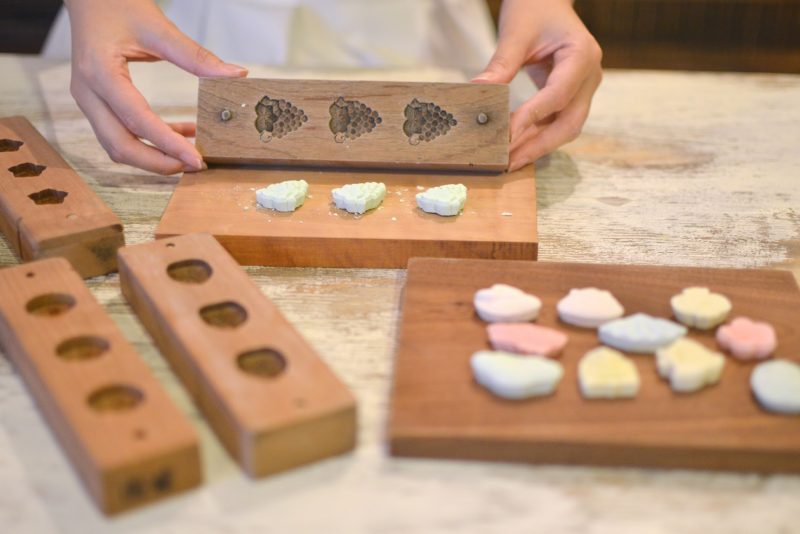
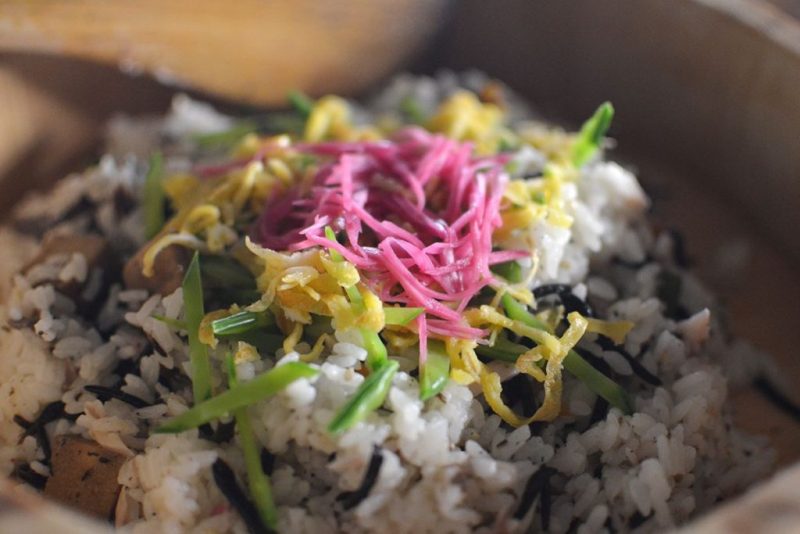
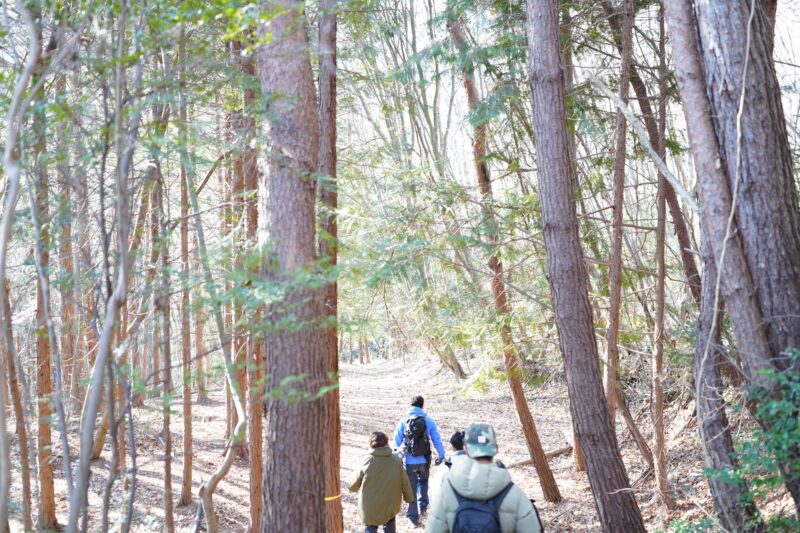
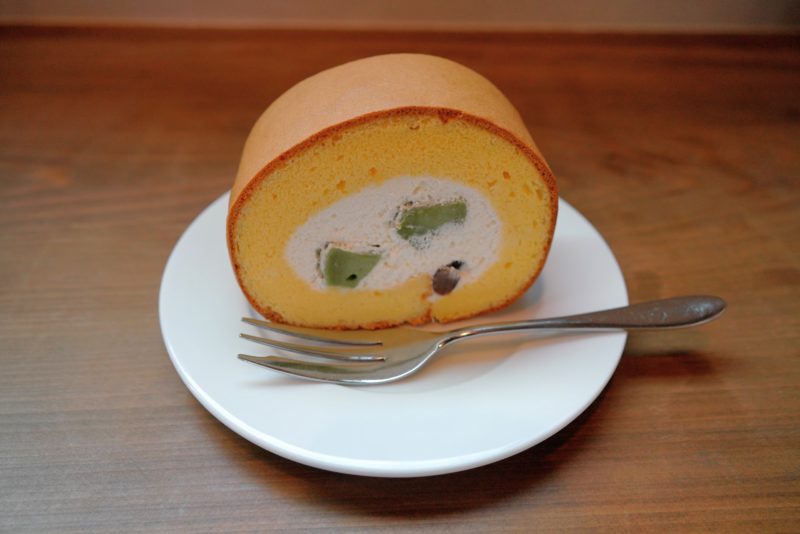
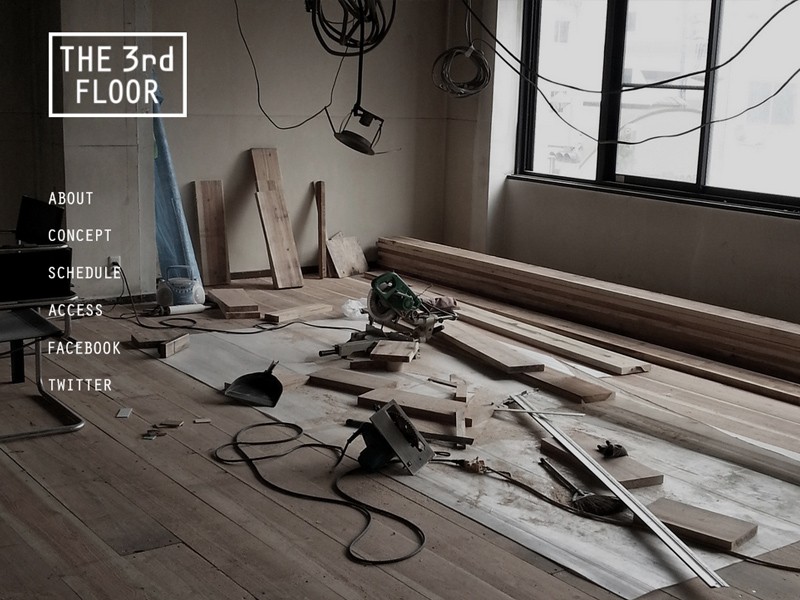
![【広島】基町(もとまち)高層アパート – [Hiroshima] Motomachi Apartments Hiroshima city](https://yousakana.jp/wp-content/uploads/2024/01/panorama_hiroshima-800x533.jpg)
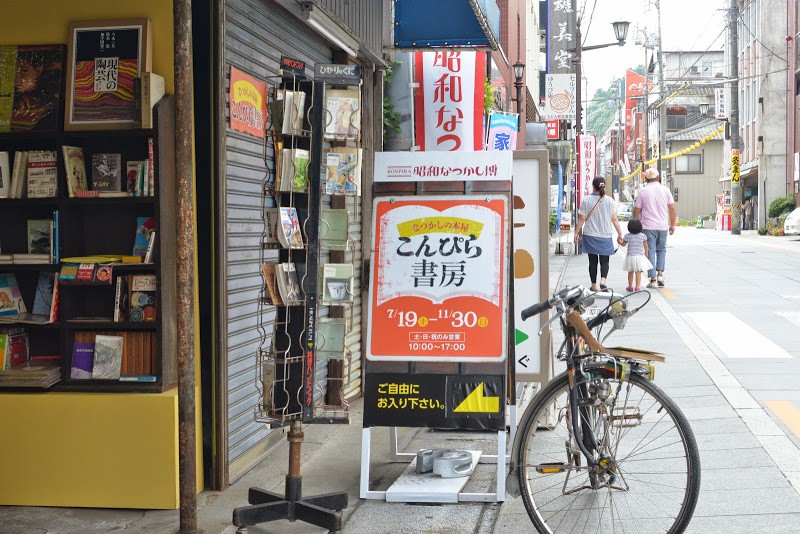
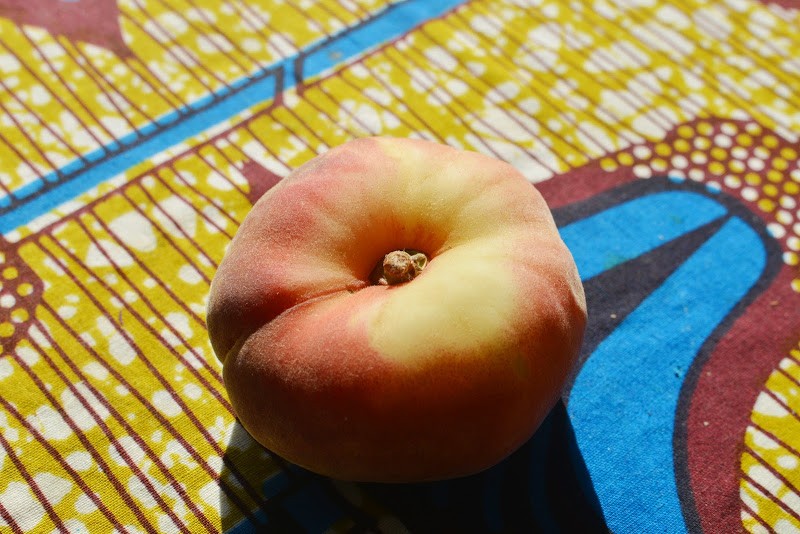
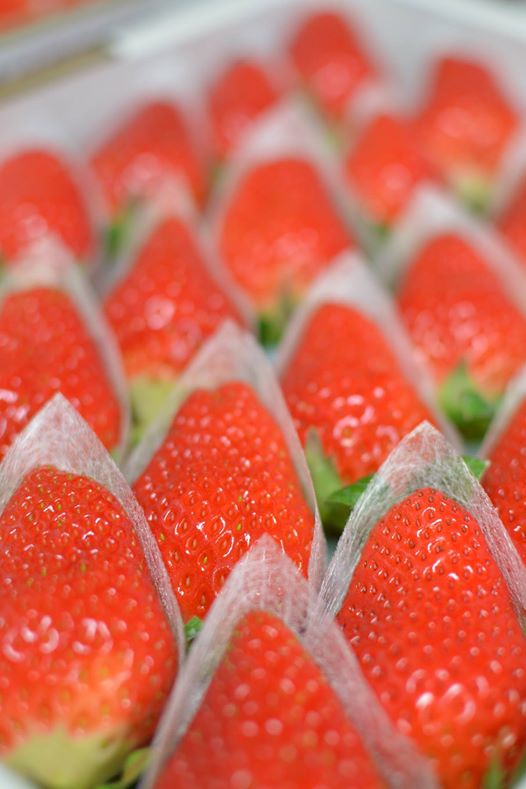
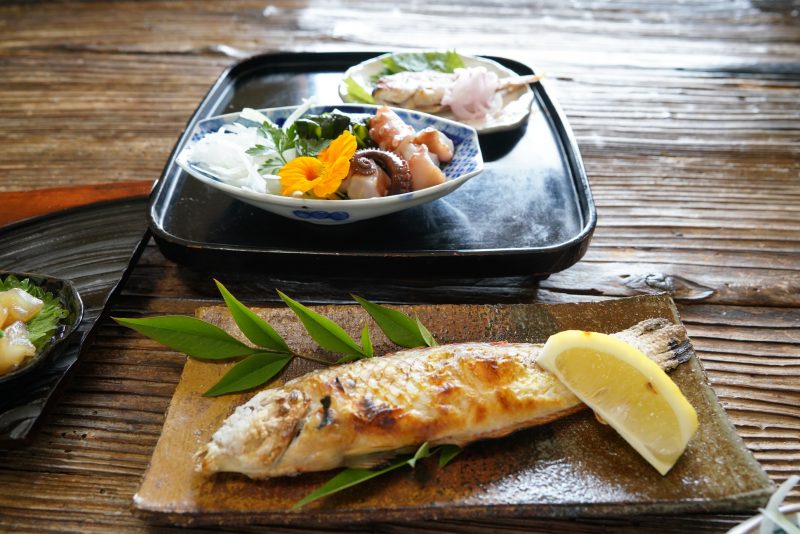
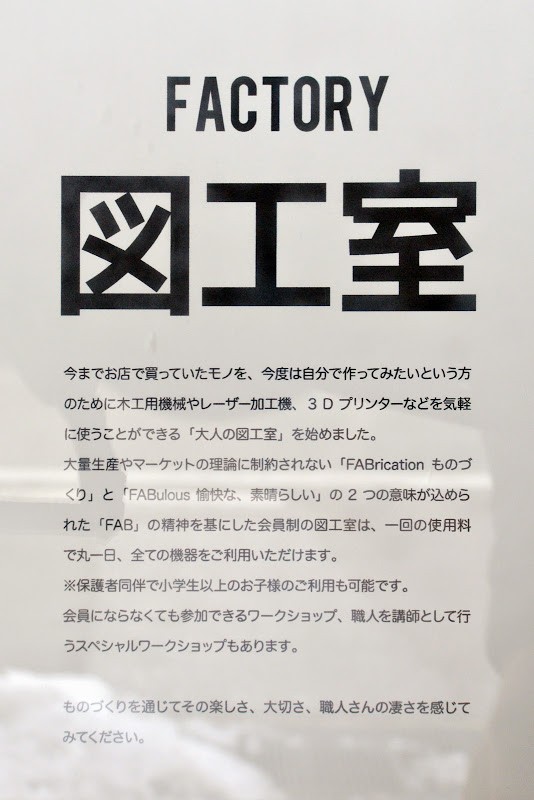
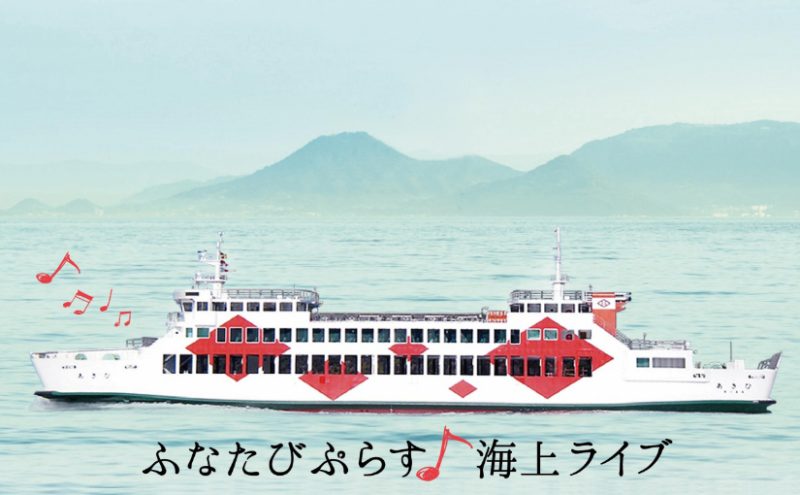
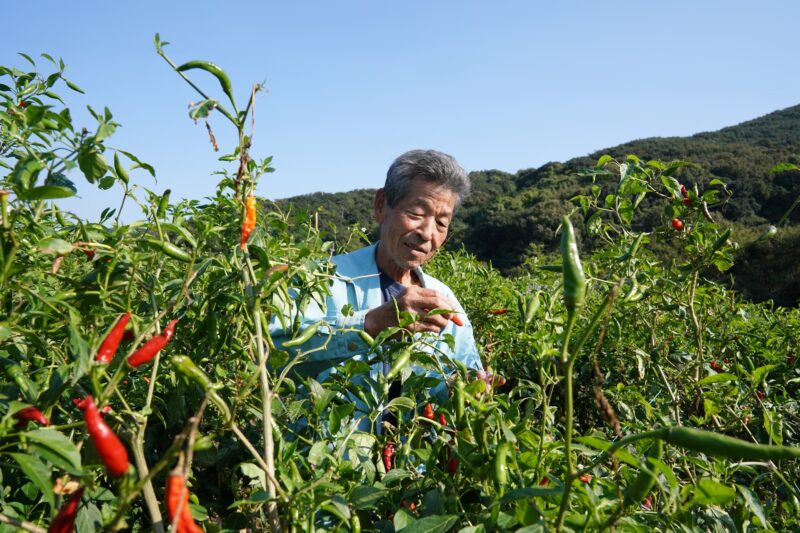
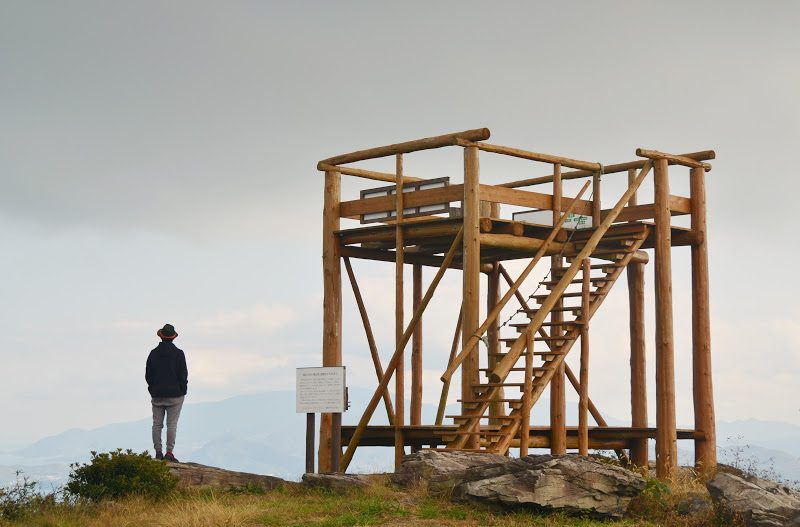
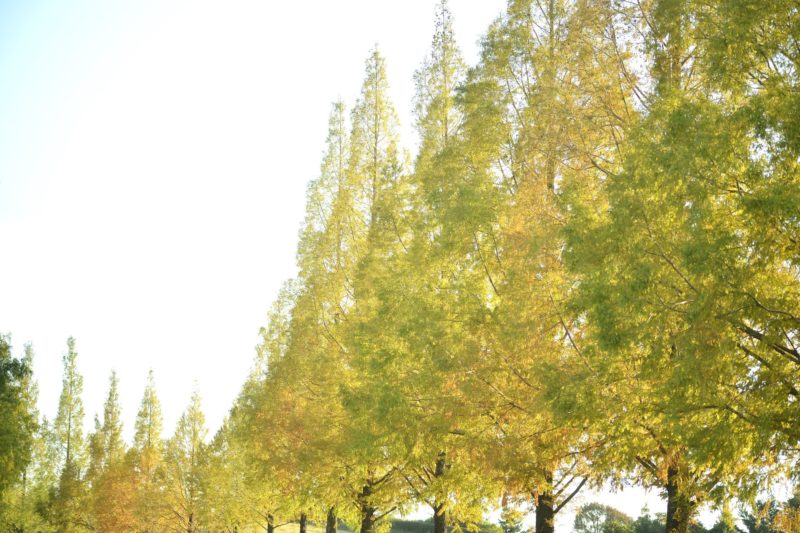
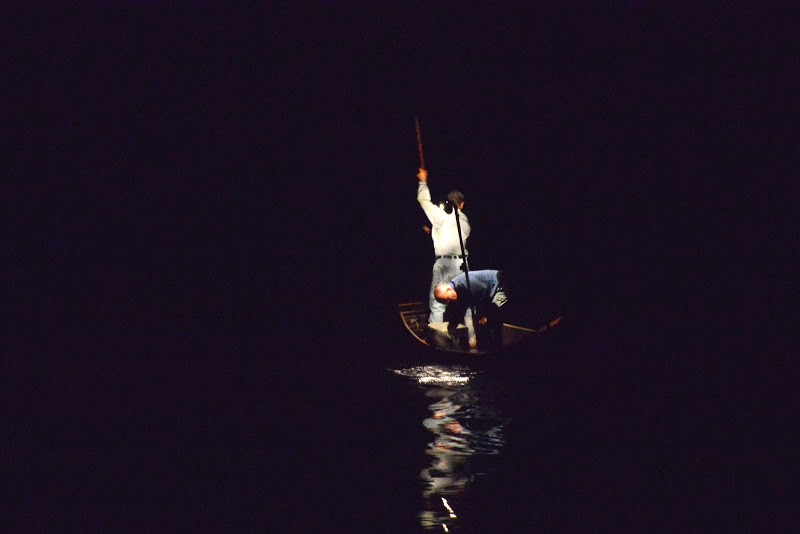
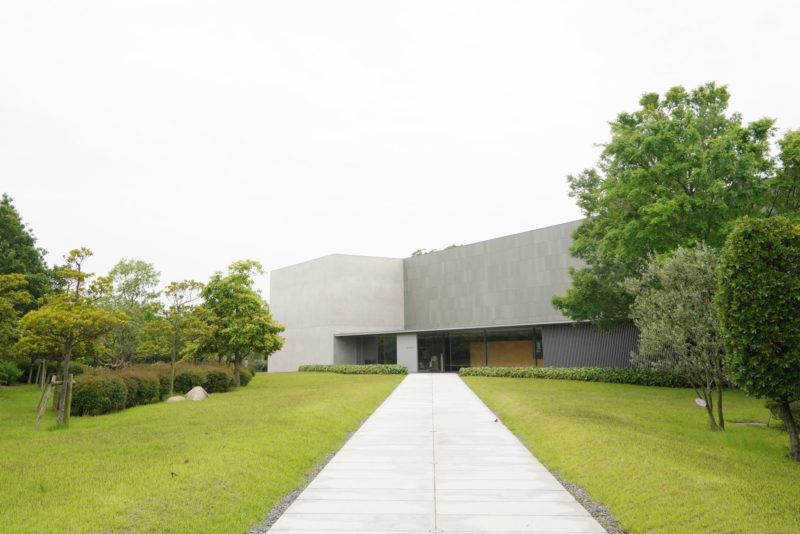
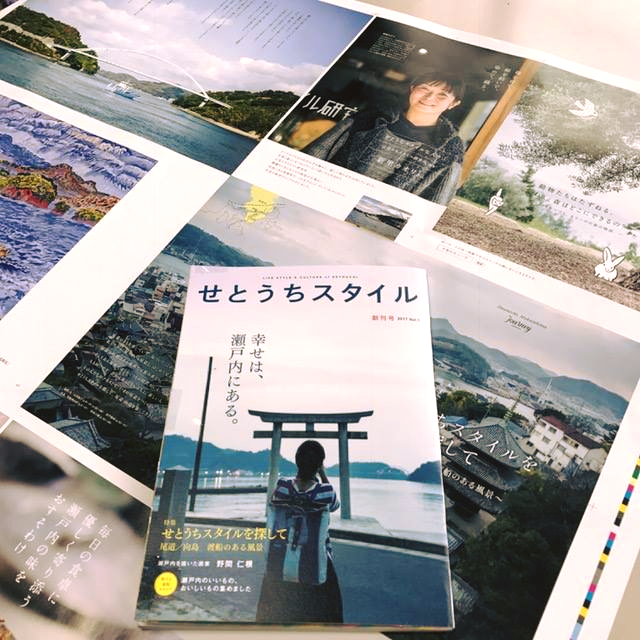
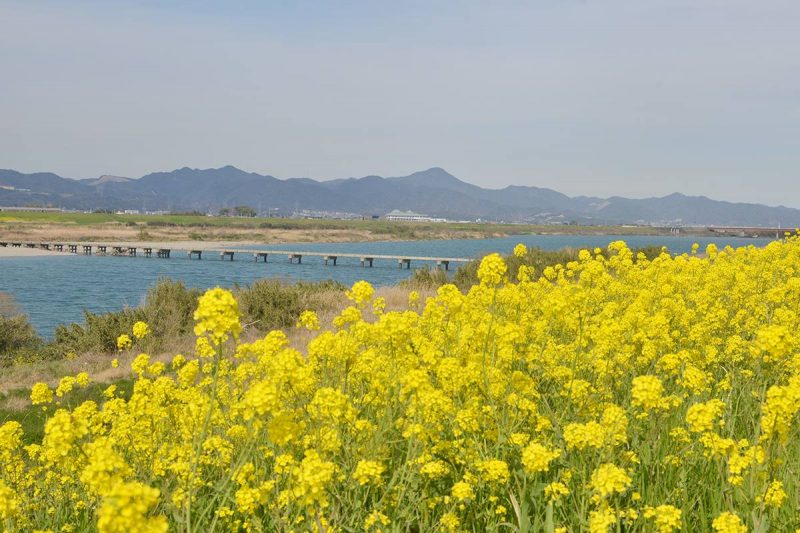
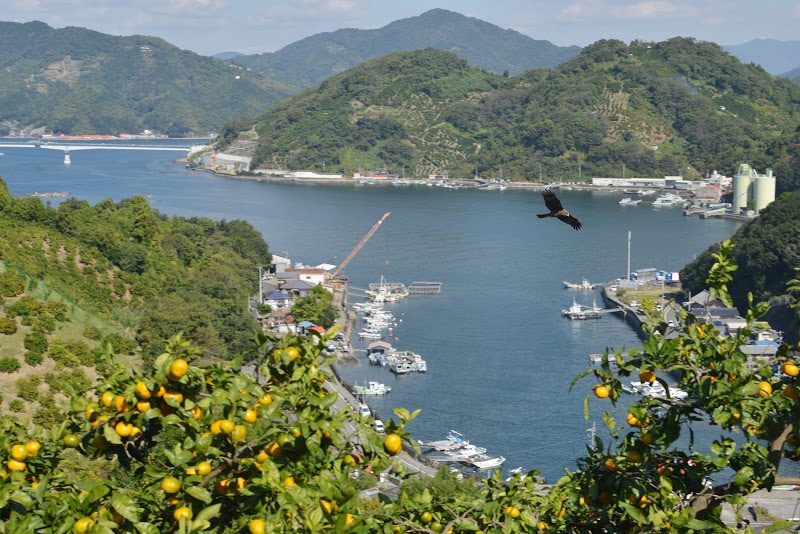
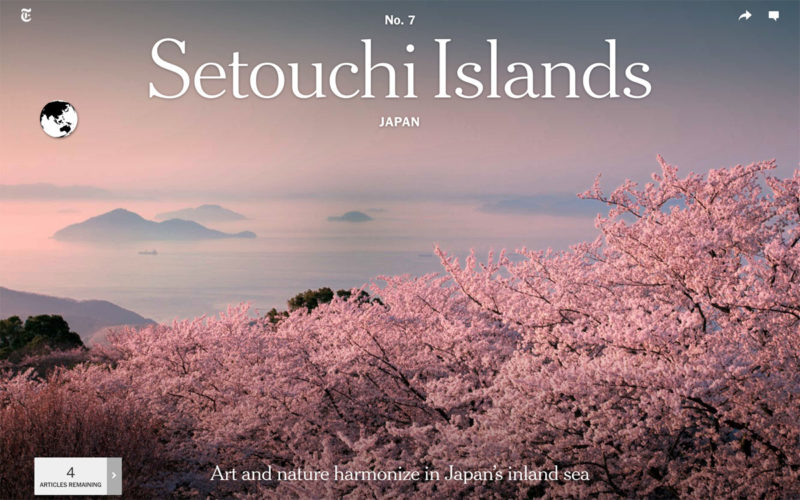
![【徳島 6/1(土)一般公開】全国唯一。江戸時代の塩づくりの家『福永家(ふくながけ)』 – [Tokushima] “Fukunagake” Saltworker’s Residence](https://yousakana.jp/wp-content/uploads/2022/10/fukunagake_naruto-800x534.jpeg)
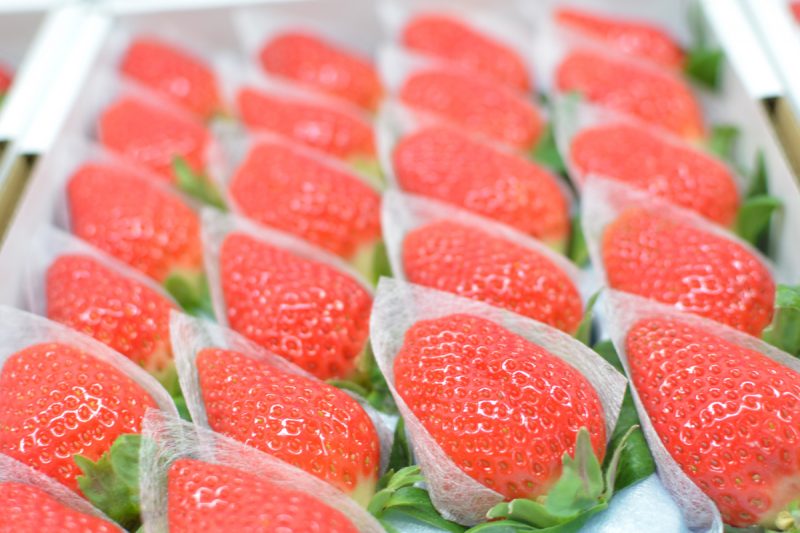
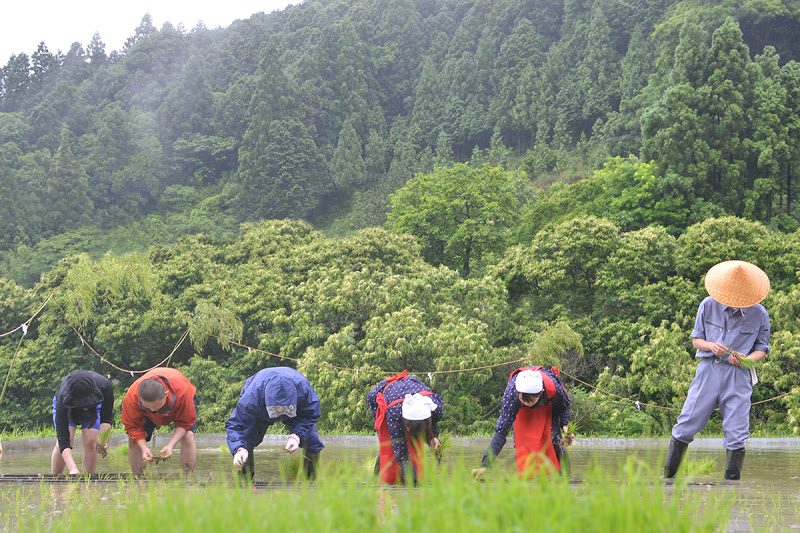
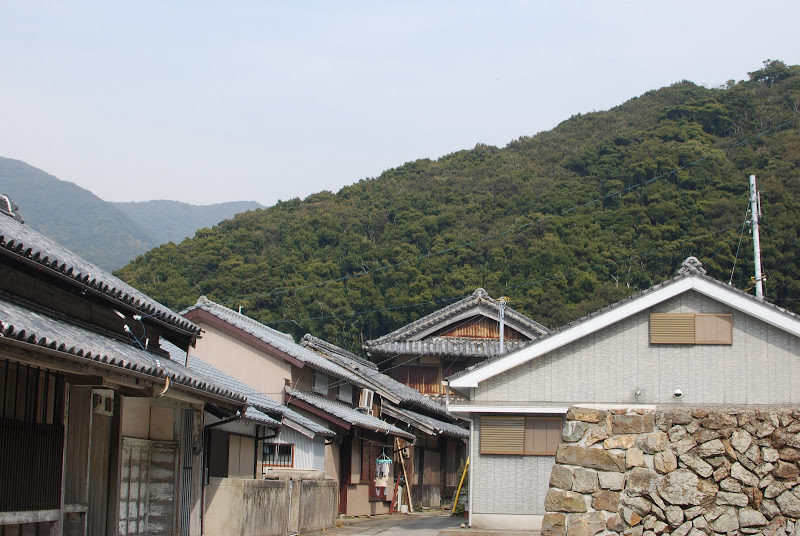
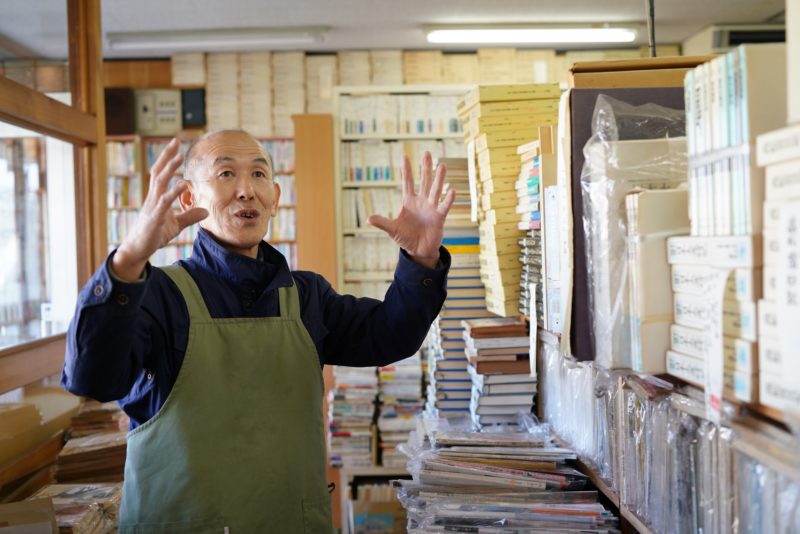
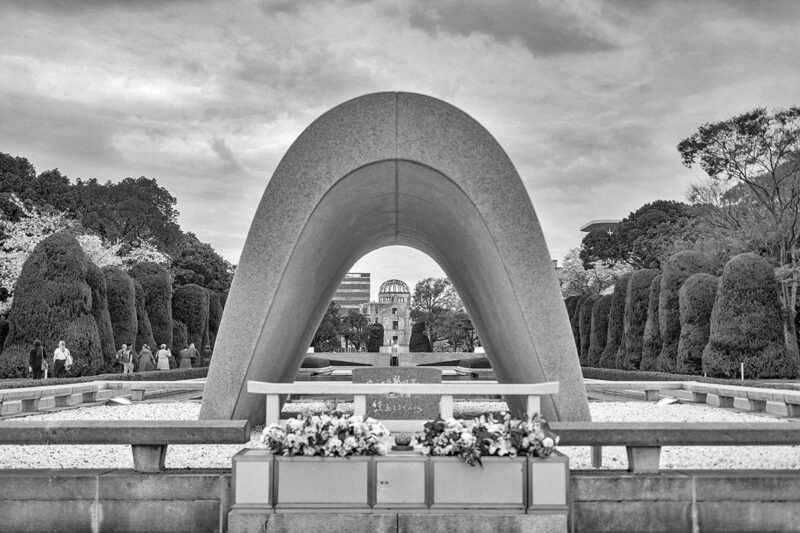
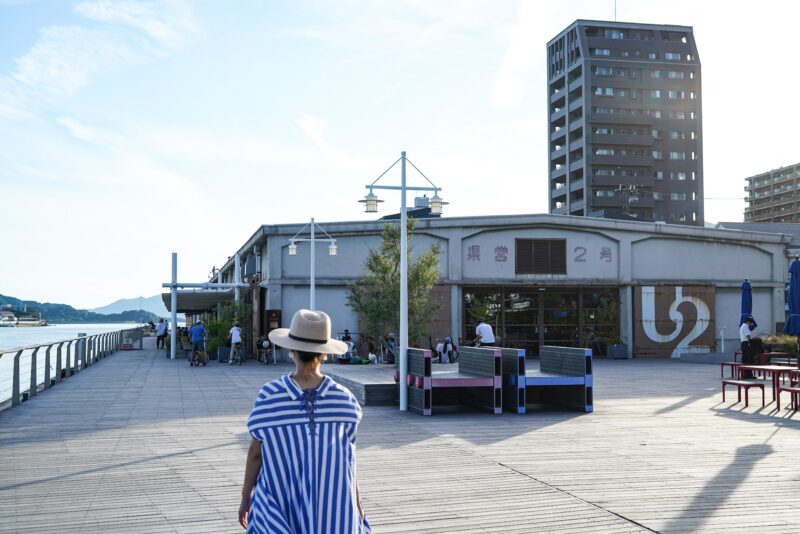
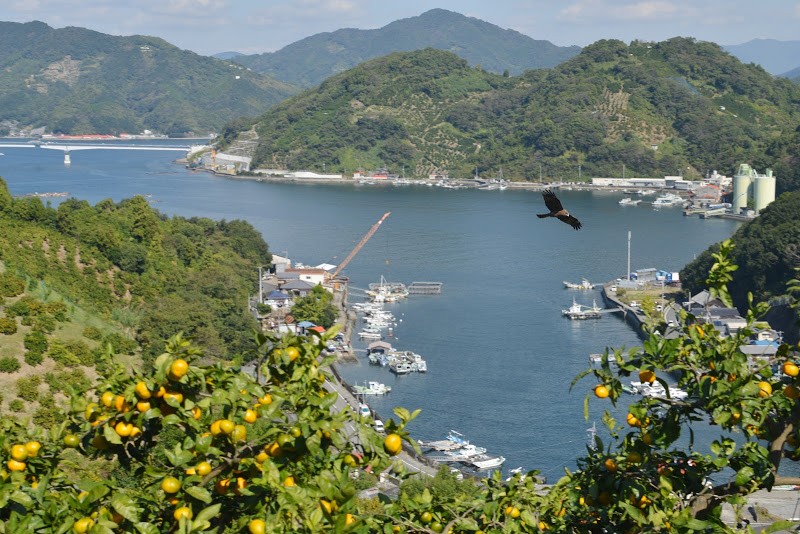
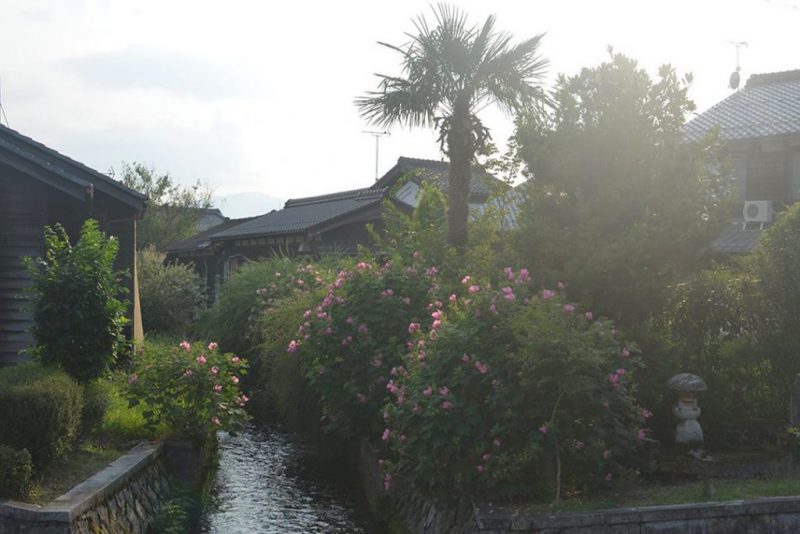
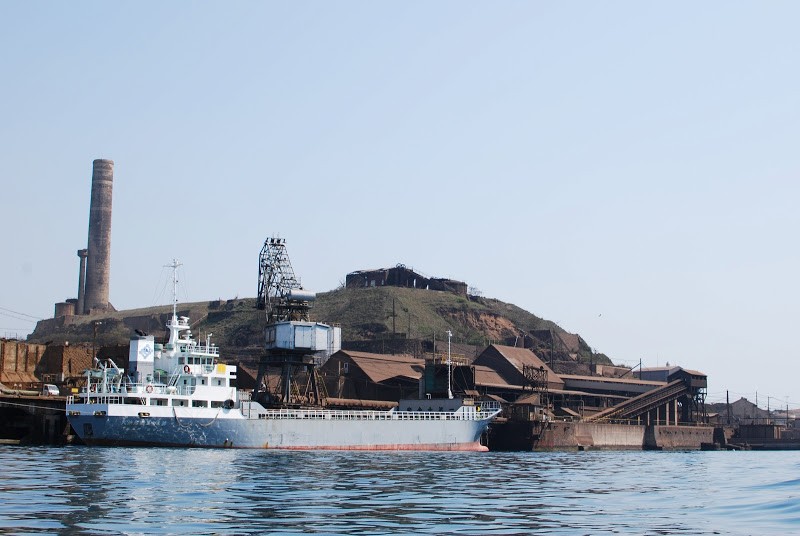
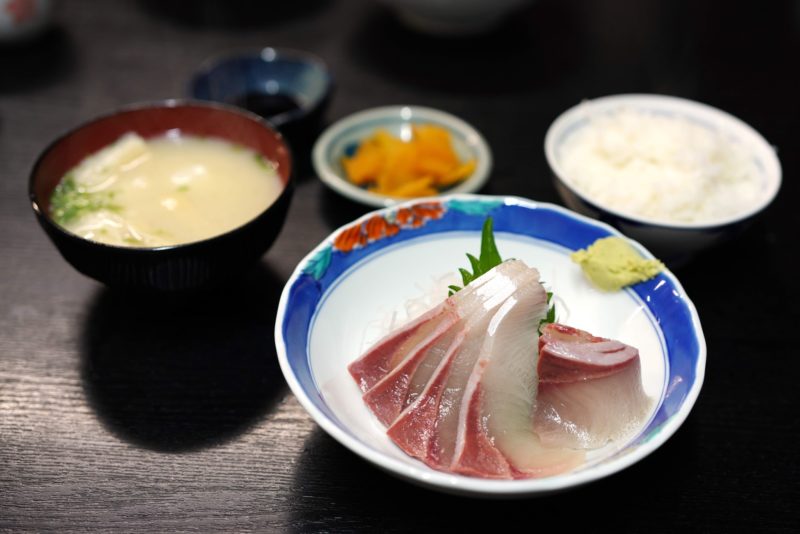
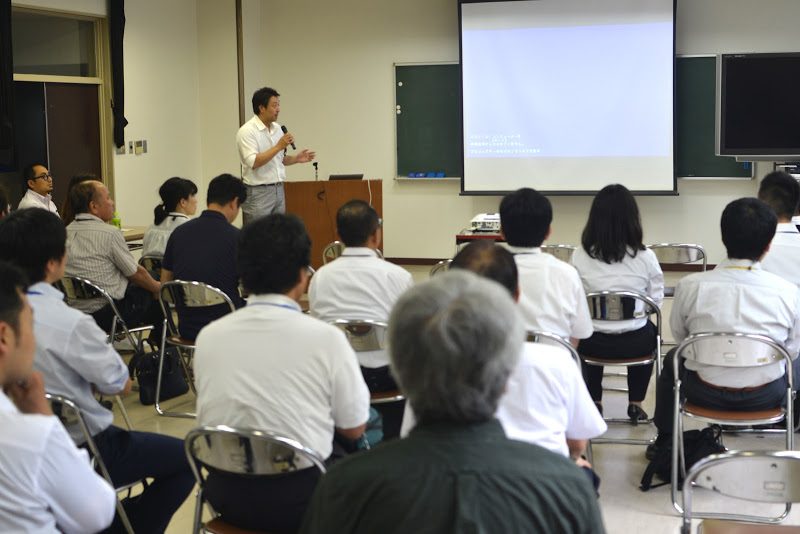
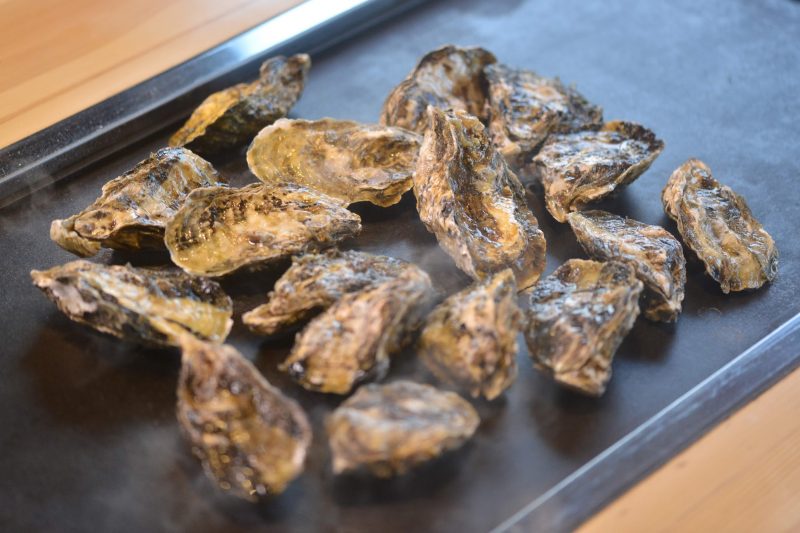
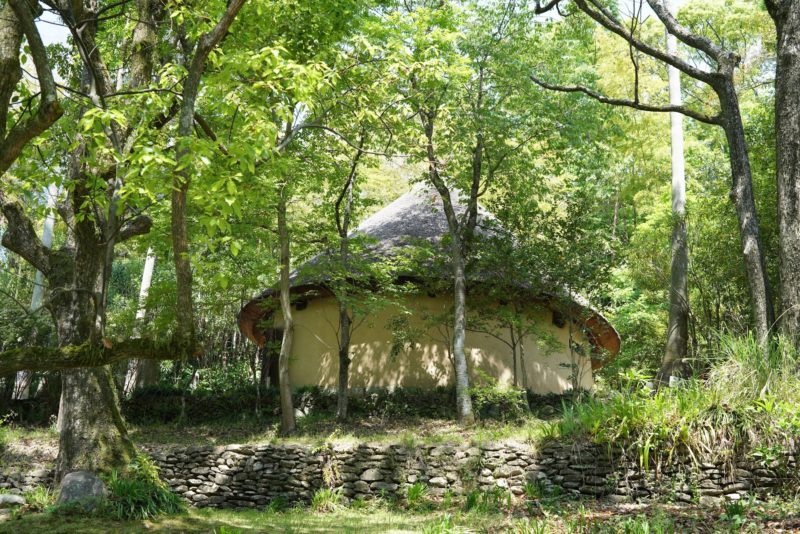
![【小豆島】肥土山(ひとやま)の石風呂 – [Shodoshima island] Stone Bath of Hitoyama](https://yousakana.jp/wp-content/uploads/2021/06/Stone-Bath-of-Shodoshima-island-800x533.jpeg)
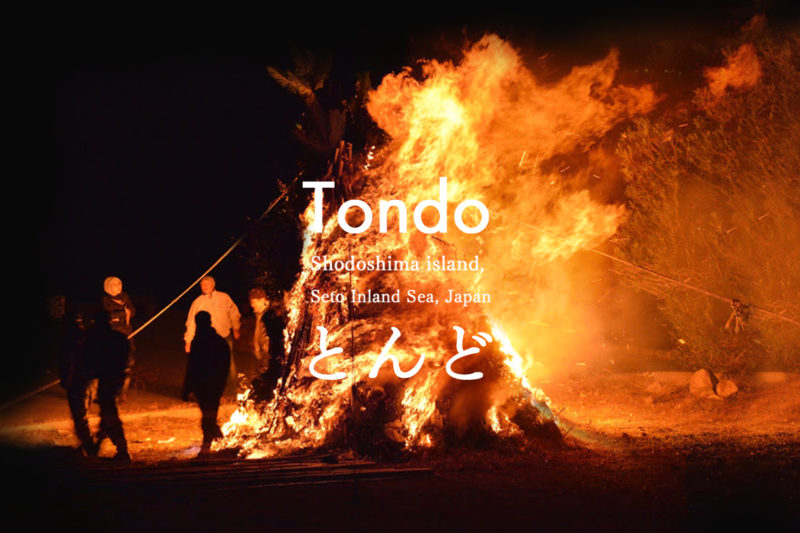
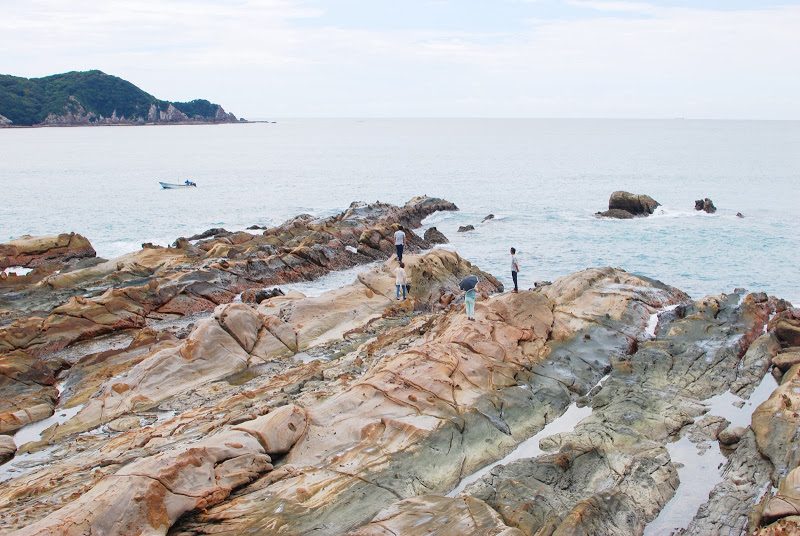
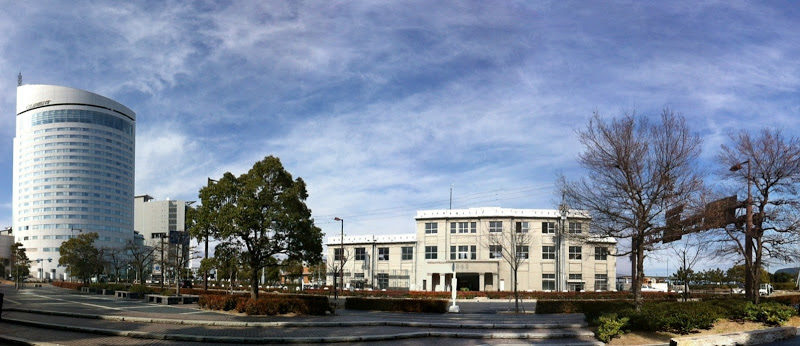
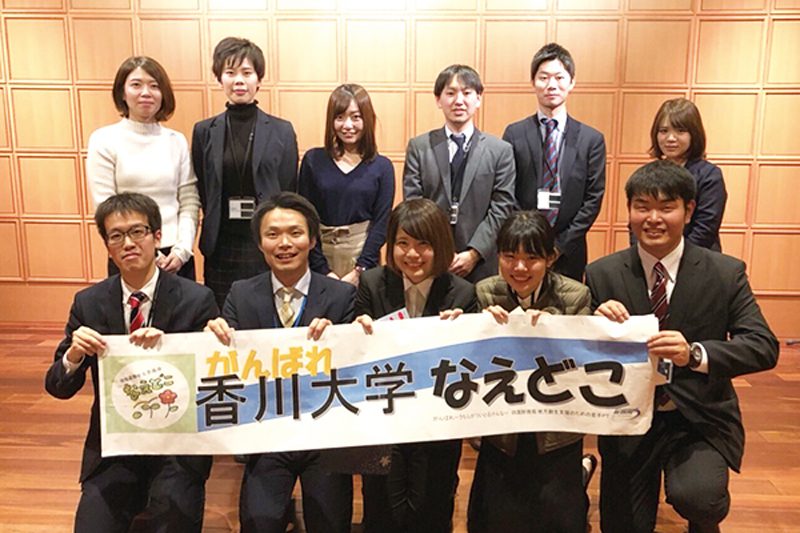
![【香川】仏生山のスパイス系カレー『ヒッカリー』 – [Kagawa] Spicy curry “hiccurry” at Busshozan](https://yousakana.jp/wp-content/uploads/2019/11/hiccurry_curry-busshozan-800x534.jpg)
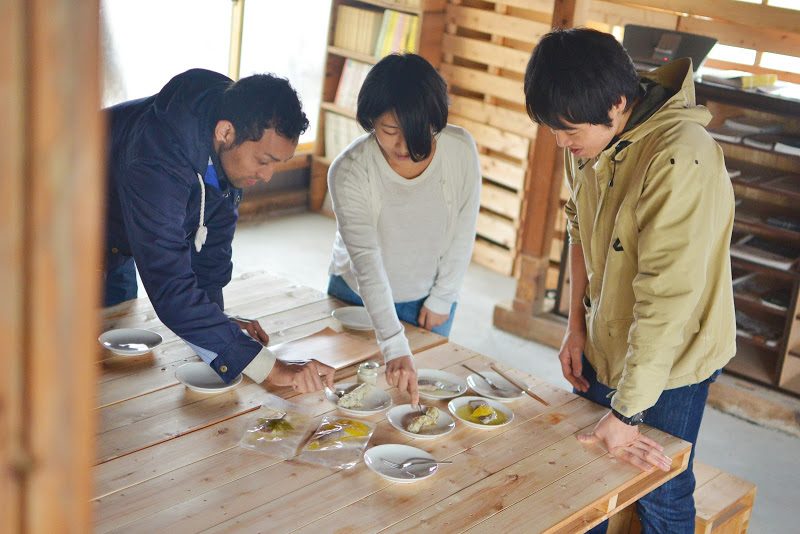
![【高知】おやつの神さまが集まるイベント「おやつ神社」 – [Kochi] OYATSU JINJYA(Shrine)](https://yousakana.jp/wp-content/uploads/2017/10/oyatsu-shrine-800x534.jpg)
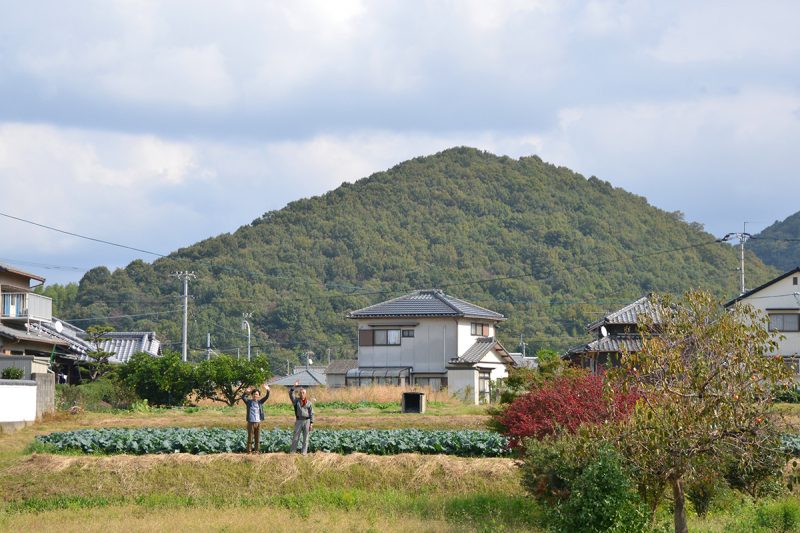
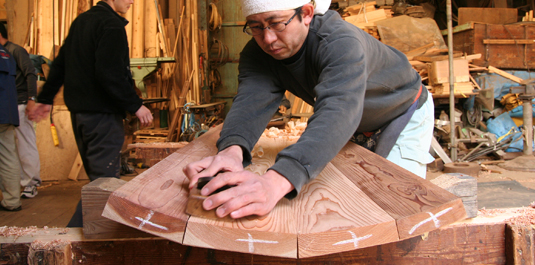
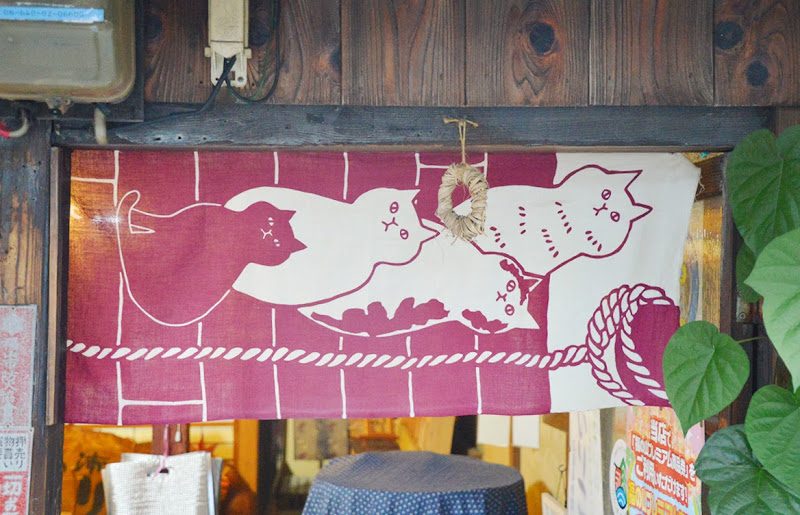
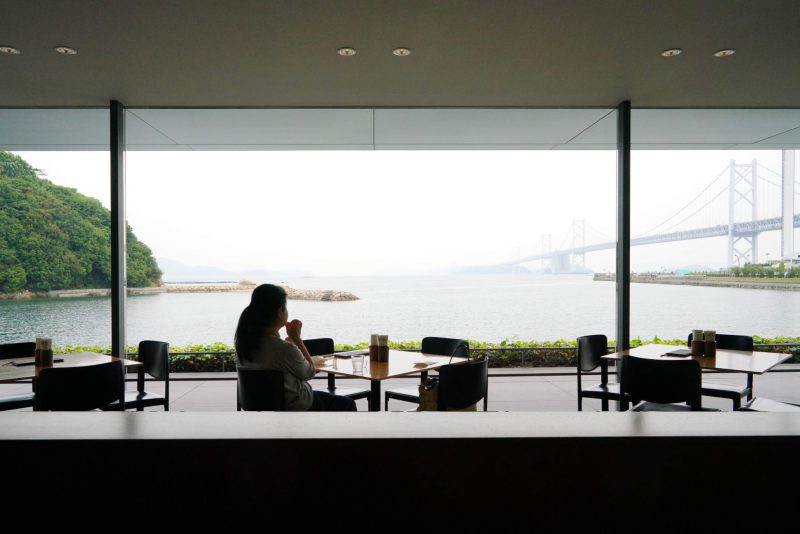
![【香川】ことでんでお花見。挿頭丘駅(かざしがおかえき) – [Kagawa] Kazashigaoka station of Kotoden](https://yousakana.jp/wp-content/uploads/2023/03/kazashigaoka-sakura-kotoden-800x533.jpeg)
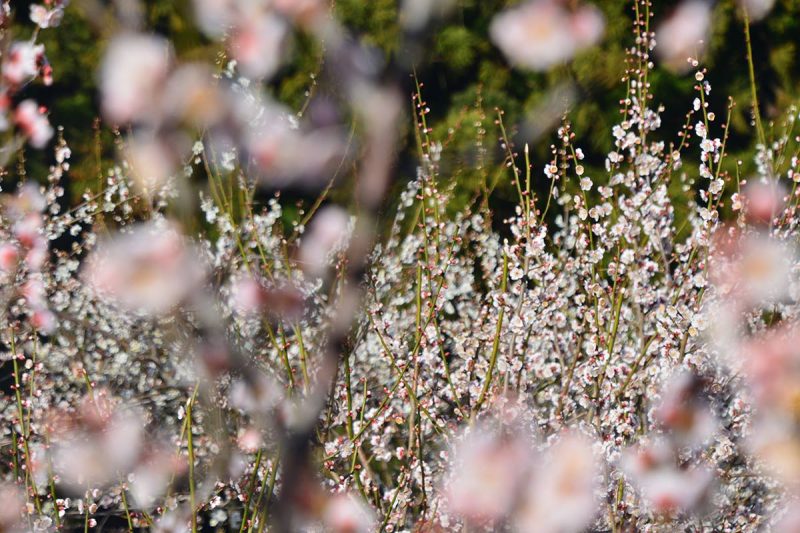
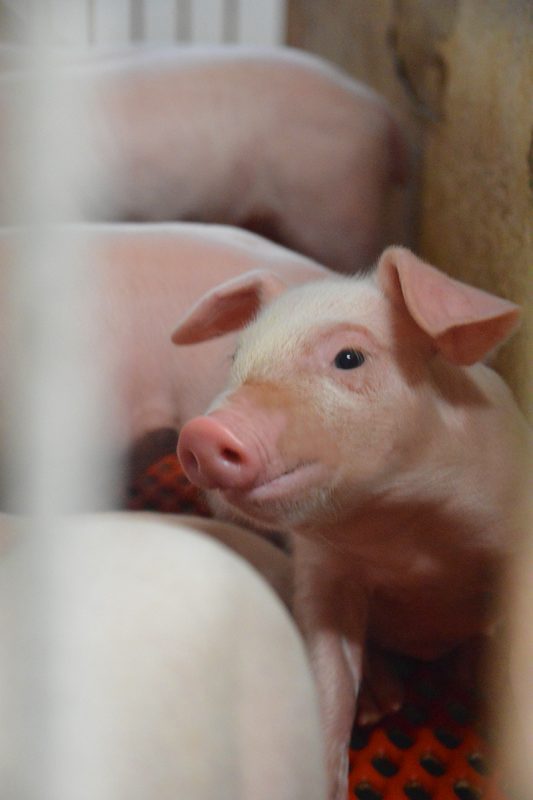
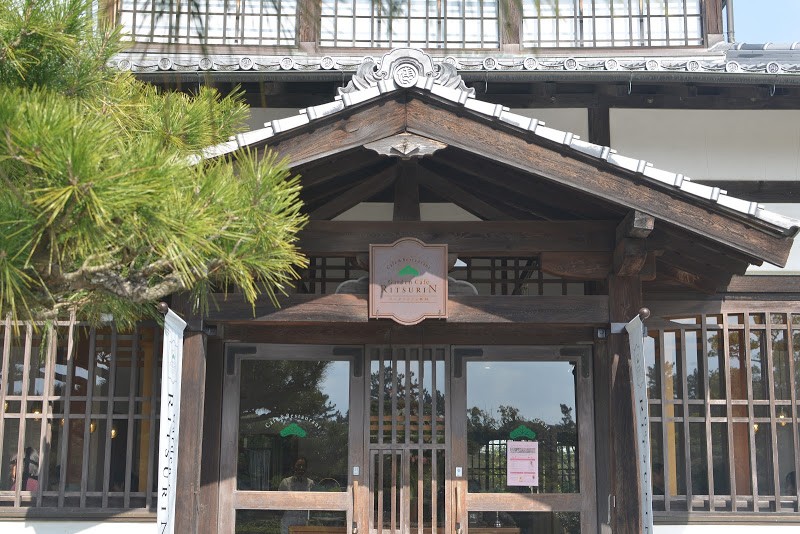
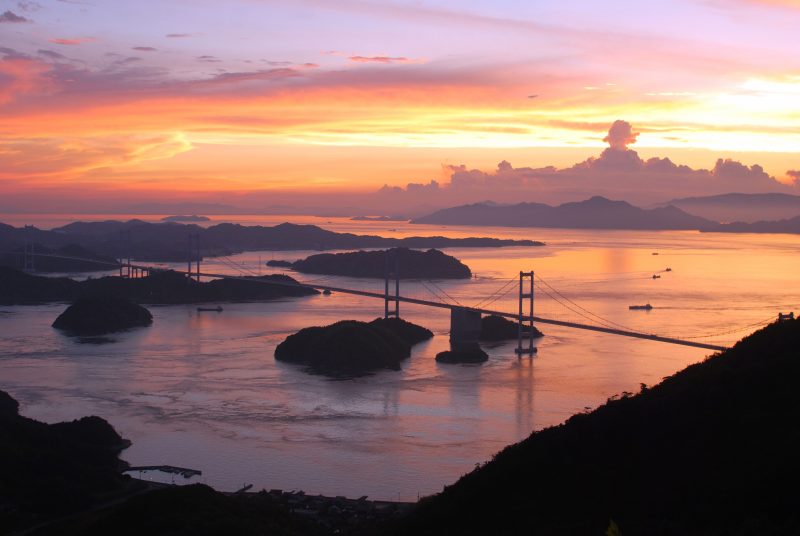
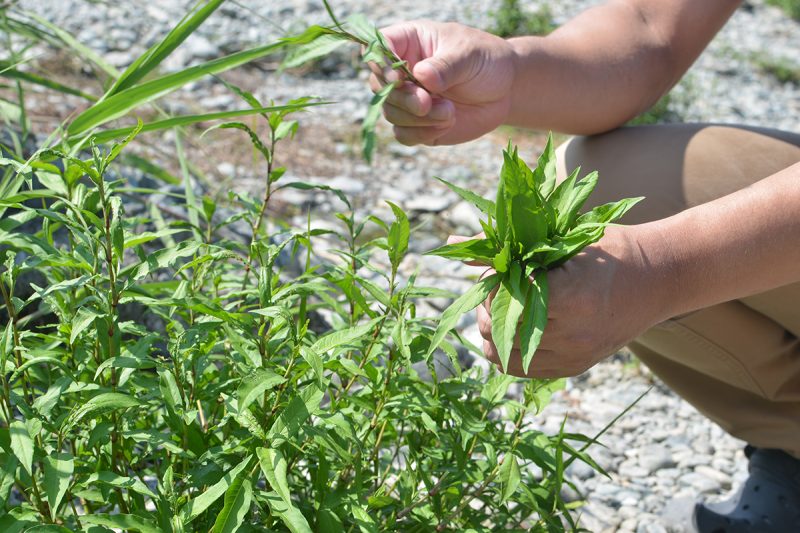
![【香川】当たり前のものが当たり前に美味しい。丁寧で美味しいご飯『Nöra(ノラ)』 – [Kagawa] Delicious Cuisine and tea “Nora”](https://yousakana.jp/wp-content/uploads/2021/12/nora_restaurant_cafe_busshozan_kagawa-800x534.jpeg)
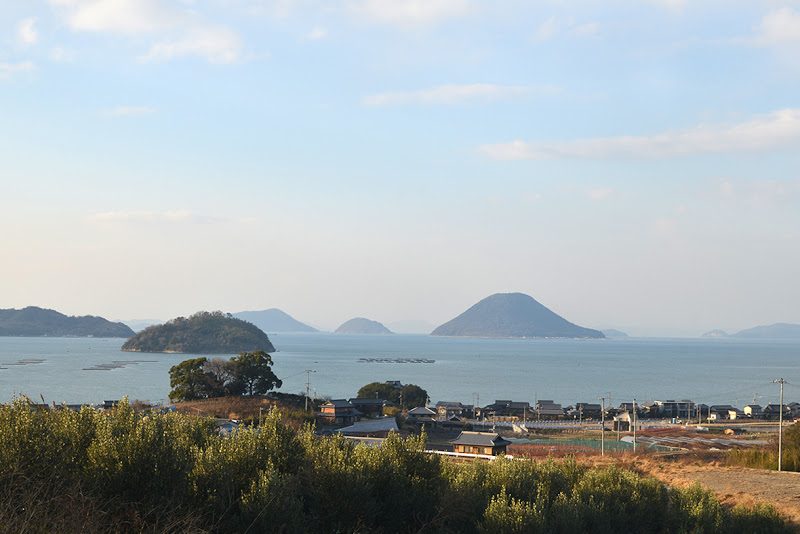
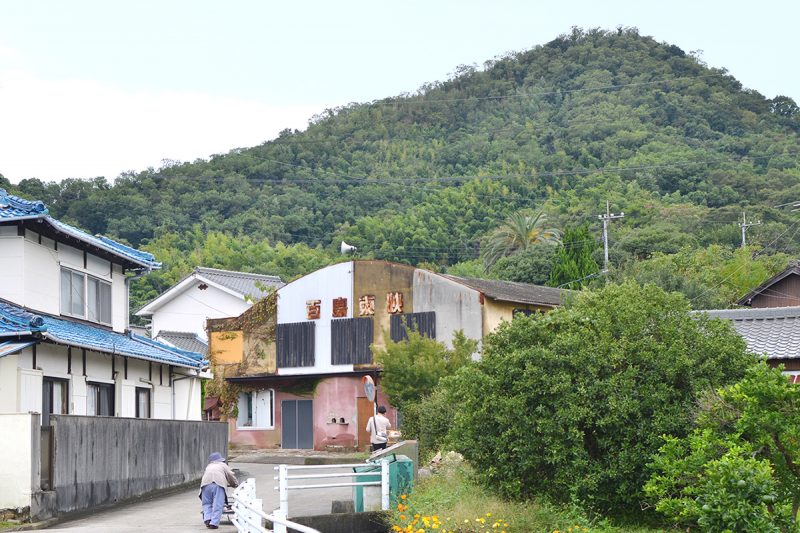
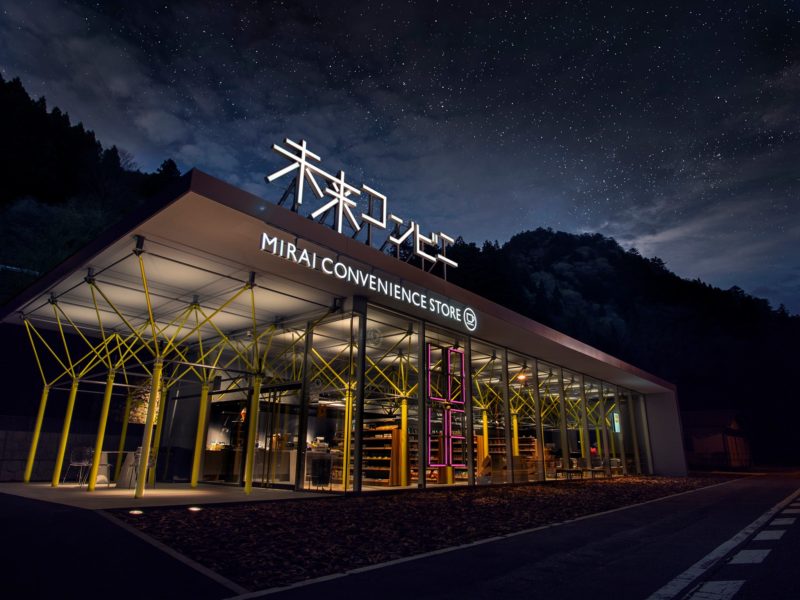
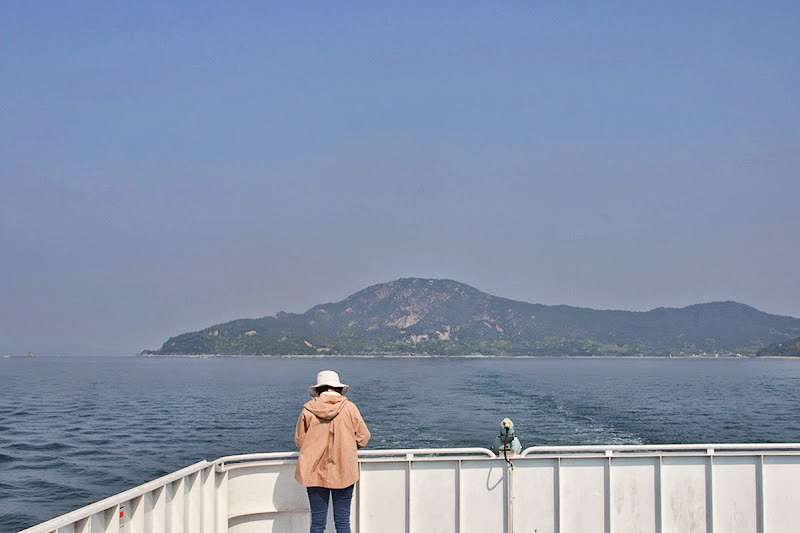
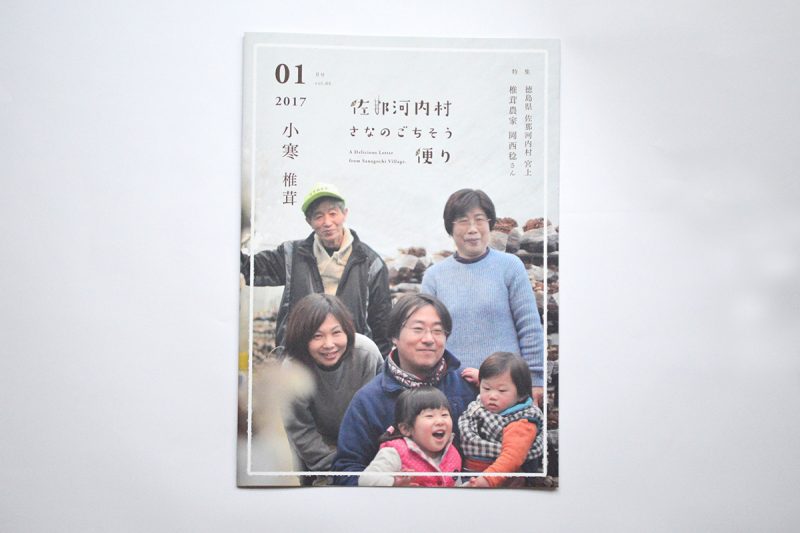
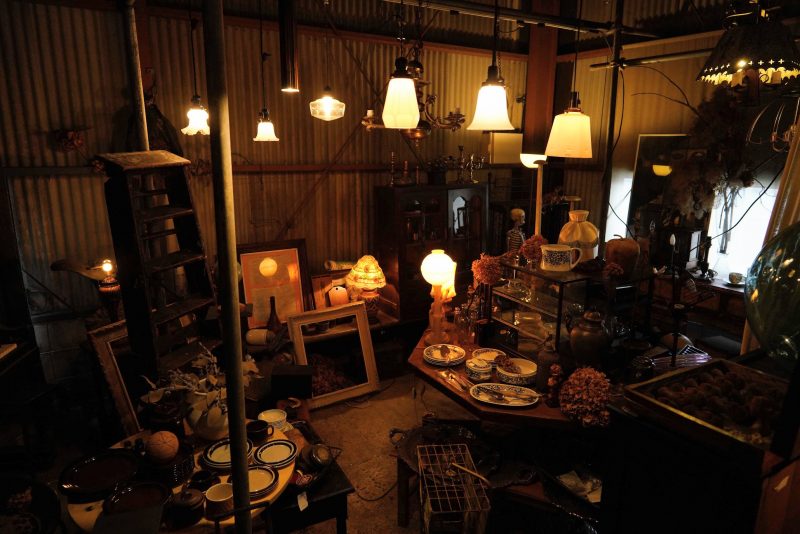
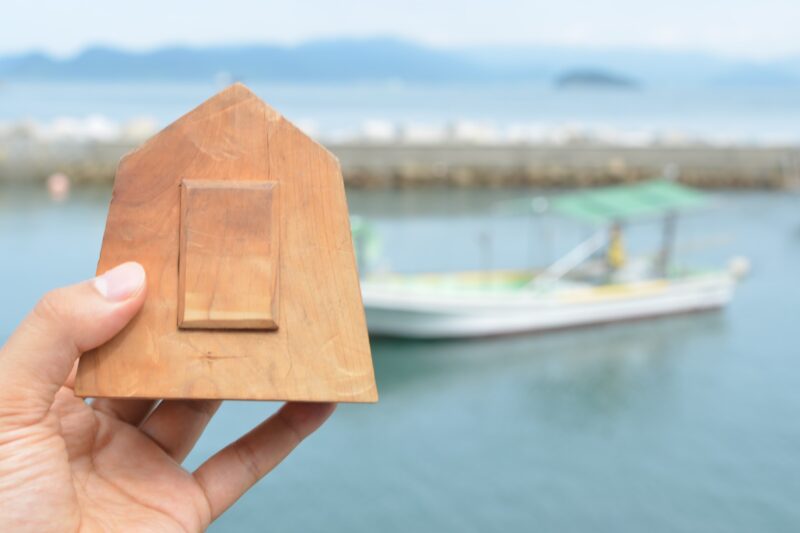
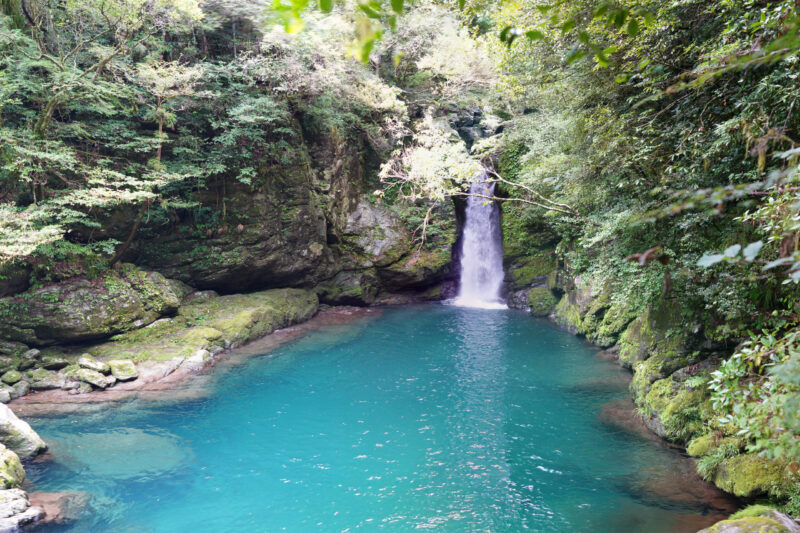
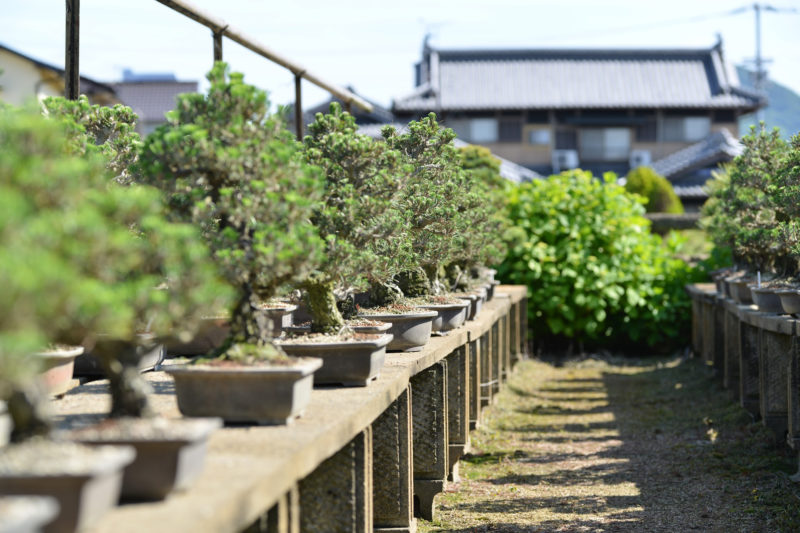
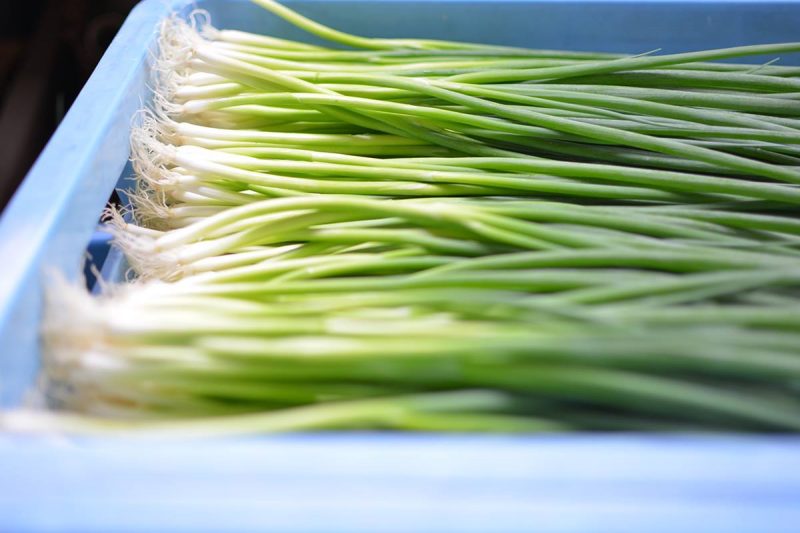
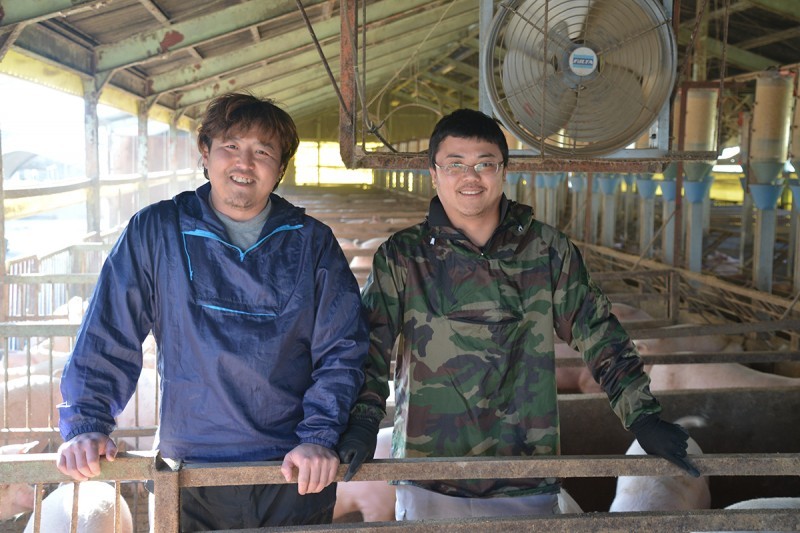
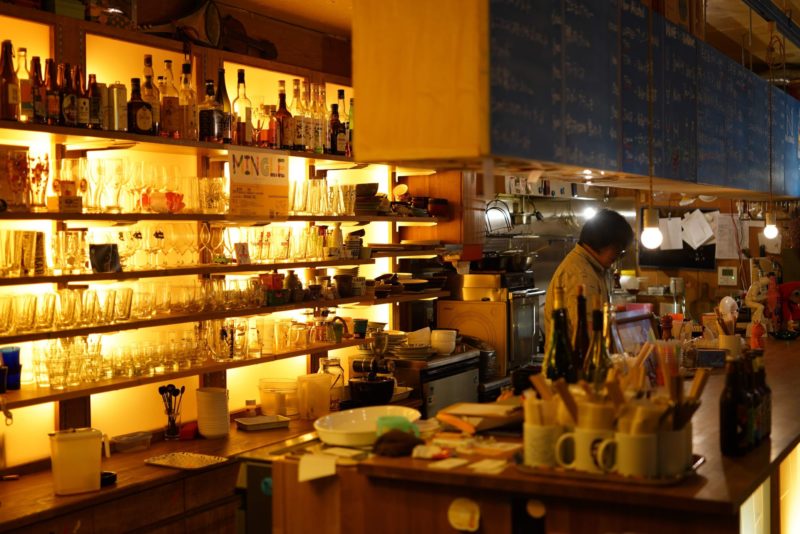




コメントを残す